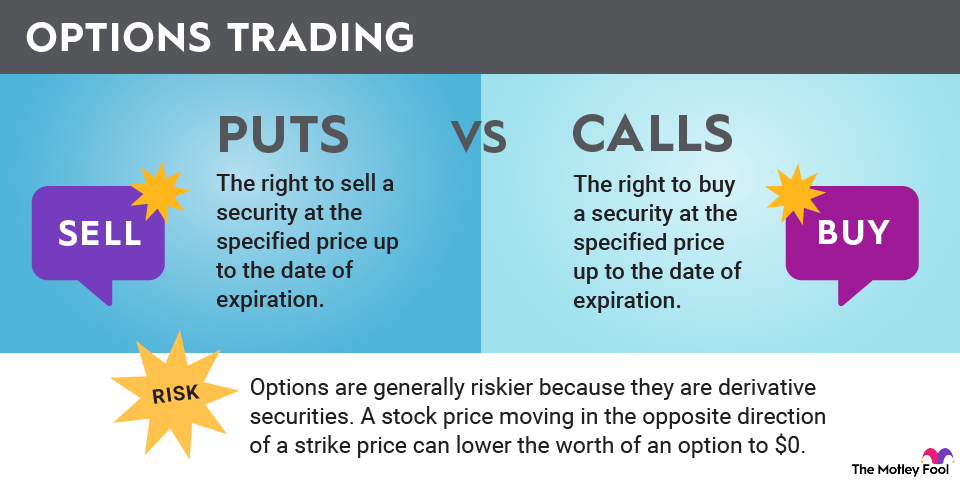There are many tools that we use to analyze stocks, including oscillators. Although more frequently used in technical stock analysis, oscillators can help identify specific cyclical patterns and point to important information that might change your mind when you're considering buying a stock. Read on to learn more.

What is an oscillator?
An oscillator is a tool that's used to help visualize stock trends, especially when they're hard to see otherwise. With an oscillator, you can more clearly see when stocks are overbought or oversold, or when trends may be about to reverse themselves.
Alone, oscillators can't do much, but they can be incredibly powerful when used with other analysis tools, like sentiment indicators, basic valuation metrics, and chart patterns. When oscillators and other tools agree, you know that you're on to something.
How do oscillators work?
Oscillators are very simple tools at their core. They literally swing between two fixed values (they oscillate), often on a scale of 0 to 100. How they swing, as well as how deeply they swing, can point to buying opportunities, as well as trend reversals that are on the horizon. They'll work best in non-trending, choppy markets or when stocks seem to be trading sideways.
Even though they're often used by technical traders, oscillators can also be used by investors with long investment time horizons. For example, by identifying overbought or oversold conditions across longer time frames, this may help you identify long term investing opportunities.
What are some examples of oscillators?
There are many oscillators used by traders, but these are some of the most common:
Relative Strength Index (RSI). The RSI is useful in sideways markets to identify overbought and oversold stocks. It measures the speed and change of price movements.
Stochastic Oscillator. Used to compare a stock's closing price to its price range over a set period of time, often 14 days. It's best used to identify short-term price movements in choppy or sideways markets.
Moving Average Convergence Divergence (MACD). Although prone to false signals in flat markets, it can be a strong indicator of bearish and bullish momentum. It uses two moving averages and the difference between them to accomplish this.
Commodity Channel Index (CCI). CCI looks at the current price and the average price over a period to show how far the price has deviated from the mean. It can signal both reversals and breakouts.
Rate of Change (ROC). ROC measures the percentage change in price over hours, days, or weeks. This oscillator is effective at spotting momentum shifts and divergences.
Money Flow Index (MFI). This oscillator looks at stock prices and volume together to determine the trading pressure by comparing buying to selling. It's useful during volume spikes or before a breakout. MFI moving opposite to price can be an early warning sign of divergence.
Related investing topics
Why do oscillators matter to investors?
Investors can certainly be successful without ever looking at a single oscillator, but if you're looking for specific kinds of buying opportunities, oscillators may help you pinpoint them earlier and faster than by simple luck.
In the right market conditions, the right oscillator can highlight opportunities to pick up long-term stocks at great prices, even when straight stock fundamentals may be neutral or confusing. Although The Motley Fool does not advocate for day trading, the tools of the day trader can often be applied to longer-term investing and give the mathematically minded investor a deeper insight into their stock choices and why they're making them.



















